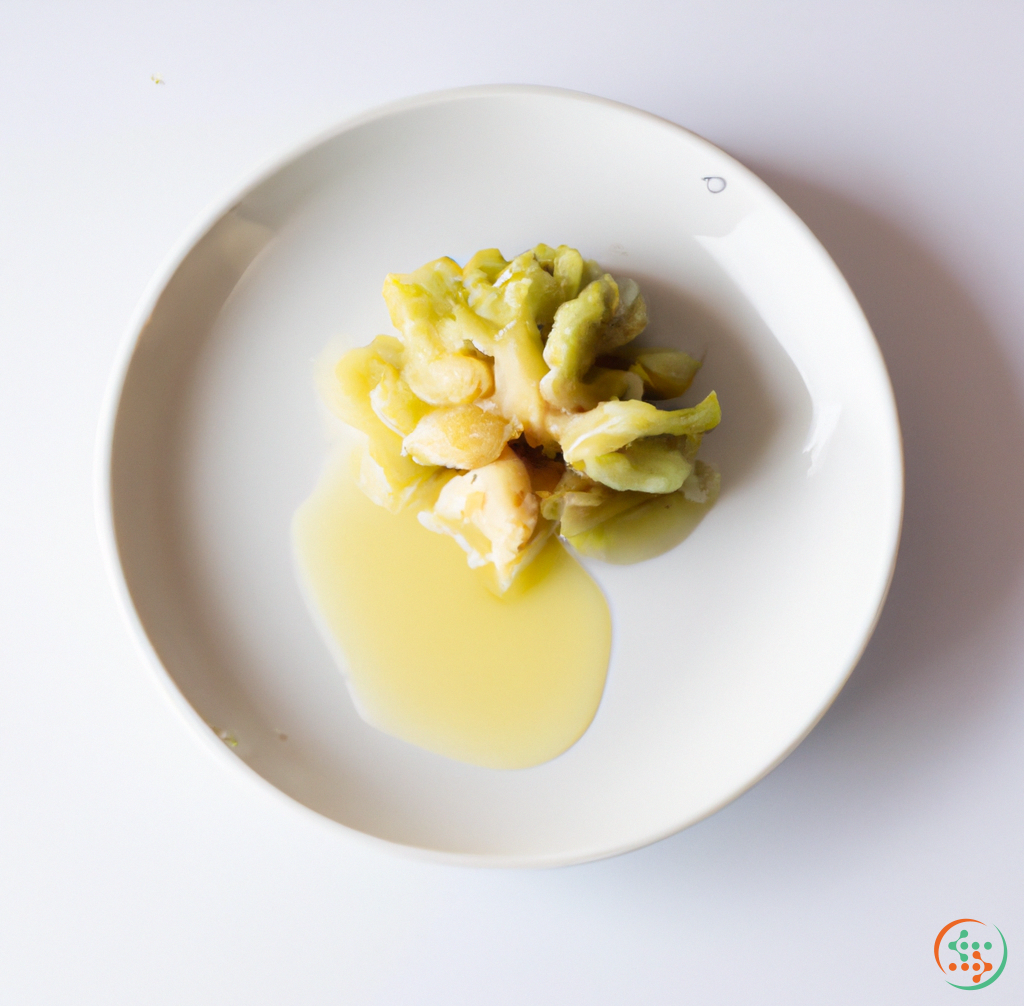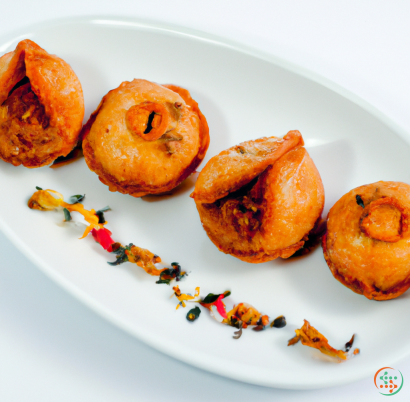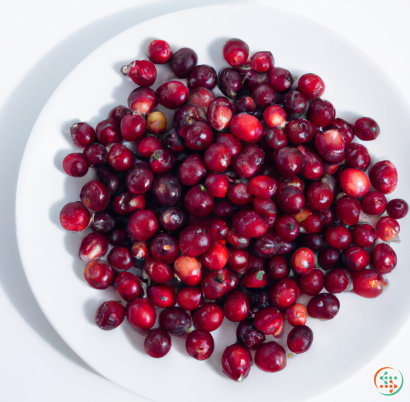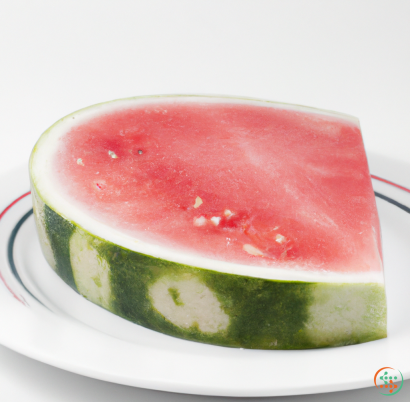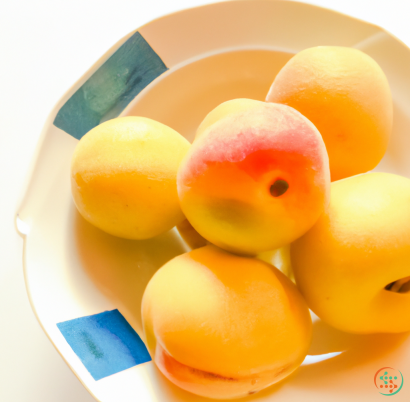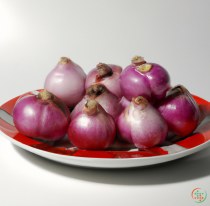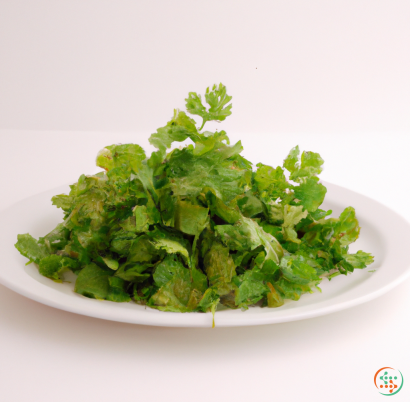Guanabana Nectar
A guanabana (or soursop) nectar is a fruity drink that is gaining popularity around the world. The milky drink has a sweet and sour flavor that can help refresh and energize those who sip it. Nectar is the extracted juice or considerate liquid of the thin-rinded fruit along with other ingredients. It is made through a variety of methods, including traditional squeezing.
The guanabana (or soursop) is an exotic, tropical fruit that is relatively new to many people. The fruit grows in countries located in the Caribbean, Central America, Philippines, and Southeast Asia. It is pear-shaped and has a bumpy, greenish-yellow rind with a custard-like white flesh that has a sweet, sour flavor. It is related to the more traditional custard-apple and the more exotic cherimoya and has a number of culinary uses. When ripe, the fruit emits an odor that has been described as a delicate mixture of strawberry and pineapple although some people find it nauseating.
Guanabana nectar is a refreshing and healthy drink with a complex flavor. The beverage has a light and creamy texture with a sweet and sour taste. It tastes like a combination of pineapple, banana and a hint of mango. The tropical, floral aroma of the nectar is delightful. The nectar itself is packed with nutrients, vitamins and minerals. It contains B-complex vitamins, vitamin C, and phosphorus. Guanabana nectar is low in calories and contains natural sugars, so it is better for those watching their weight or trying to reduce their sugar intake.
The process of making guanabana nectar begins with removing the discolored parts of the fruit. Then, the flesh is scooped out with a spoon and put into a bowl. From this point, the nectar can be made in a variety of ways.For traditional squeezing, a manual device is used to extract the liquid from the flesh by pressing it against a mesh screen. This method provides a smooth, clarified drink. Alternatively, the flesh can be blended and then strained for a thicker, more fibrous beverage. The resulting flavor will depend on which method is used, as the traditional squeezing will produce a clearer and lighter flavor and a blending will result in a thicker, more flavorful nectar.
Guanabana nectar is often used as an ingredient in cocktails. The tropical flavor lends itself to a variety of recipes, ranging from margaritas to daiquiris. The sour taste makes it a great addition to most any fruity concoction. The sweetness of the nectar marries well with the acidity of most citrus juices, producing a truly unique and delicious flavor. The addition of fresh guanabana to a juice blend also adds a light tartness that can really brighten up a drink.
Guanabana nectar is also a great beverage on its own. The creamy texture and sweet-sour flavor make it a great stand-alone drink. It can be served over ice for a refreshing summer beverage or heated for a comforting winter drink. It can be enjoyed on its own or with a variety of toppings, such as fresh fruit and honey.
Guanabana nectar is a unique and tasty treat that is gaining popularity worldwide. Whether enjoyed as an ingredient in a cocktail or a stand-alone beverage, it is sure to please even the pickiest of palates. With its low fat and calorie content and plethora of vitamins and minerals, the nectar is perfect for those looking for a healthy and delicious way to quench their thirst.
The Journey of Guanabana Nectar from Tree to Dinner Plate
Guanabana nectar is a delectable delicacy made from the sweet, tropical fruit of the guanabana tree. Once a staple in many Latin American dishes and desserts, the guanabana tree has made its way into traditional dishes in many parts of the world. From harvesting the fruit off the tree to crafting the perfect guanabana beverage, the process of making guanabana nectar is complex and fascinating. Here, we’ll explore how guanabana nectar is made, how it travels, and how it gets to your dinner plate.
Harvesting Guanabana Fruit
Guanabana trees, otherwise known as Soursop or Graviola trees, produce large oval-shaped fruits with segments that can range from yellow to deep green. Though native to the tropical and subtropical parts of the Caribbean, Central America, and South America, the trees have since been cultivated in other warmer parts of the world including Southeast Asia and South Africa.
As the trees reach maturity, guanabana fruit can be plucked from them. When ripe, the skin of guanabana turns from yellow-green to a light green and the fruit becomes slightly glossy. The fruit should be harvested when ripe as it loses sweetness and flavor when it's overripe.
Once the fruit is gathered, it is sliced open and the edible parts are removed. This includes the white pulp on either side of the large center pit and the succulent, yellow flesh just beneath the skin. Both the white and yellow parts are used to make guanabana nectar.
Extracting the Nectar
The first step in extracting guanabana nectar to juice the white and yellow fruit pieces in a juicer or blender. This process removes the excess water content and leaves behind a thick, pulpy, and dense mixture of guanabana extract.
Next, this extract is strained using a sieve. This helps remove any chunks or solids that may have been in the mixture and makes sure that the resulting nectar is clear and pure.
Finally, the strained guanabana extract is boiled to reduce it to a thick consistency. This process helps to preserve the flavor and texture of the nectar while also increasing its shelf life.
At this stage, manufacturers may add additional spices and flavorings to create a unique blend of guanabana nectar. This can include anything from ginger to lime juice to nutmeg, depending on the desired results.
Packaging and Shipping
Now that the guanabana nectar has been created, it must be packaged and shipped to customers. This is done in aseptic packaging, which is a process in which products are sealed in sterilized, airtight containers to prevent contamination and potential spoilage.
The nectar is then stored in coolers and shipped out to customers. It’s important for manufacturers to ensure that the guanabana nectar is stored at a set temperature to maintain the nectars freshness and flavor. The cooler the temperature, the longer the nectar will last before it expires.
Preparing the Nectar
After the guanabana nectar has been shipped, it’s time to prepare it for consumption. This can be done using a variety of methods depending on what type of beverage you want to make. For a guanabana smoothie, you can simply blend the nectar with ice, coconut milk, and honey to get the desired results.
For guanabana juice, you can mix the nectar with water and sugar or honey to sweeten the drink. To create a spritz, mix the nectar with sparkling water, lime juice, and sugar. You can also mix the nectar with other tropical fruits like pineapple or mango to create a unique blend.
Guanabana nectar can also be used as an ingredient in baking recipes or cooking. For example, it can be blended into cake mixtures for added sweetness and flavor. It can also be mixed into savory sauces and marinades to create a unique flavor profile.
Serving Guanabana Nectar
Once the guanabana nectar has been prepared, it’s time to serve it. Guanabana nectar is best served chilled to help preserve its vibrant flavor. To serve, pour the nectar into glasses and garnish with a few pieces of fresh guanabana fruit.
If you’ve created a spritz, top with your favorite soda to add an effervescent finish. For smoothies, serve it in a bowl with granola, coconut flakes, chia seeds, and other toppings. If you’re using guanabana nectar as an ingredient in cooking or baking, simply add it to your recipe as instructed.
The experience of enjoying guanabana nectar is highly rewarding, and it’s a testament to the hard work and dedication that goes into cultivating and harvesting the fruit, and preparing the nectar for consumption. The process to transport the nectar from the tree to your dinner plate is a complex one, and one that is sure to leave you feeling like you’re taking a trip straight to paradise.
| Vitamin E | 0.01 mg | |
| Vitamin C | 0.0111 grams | |
| Vitamin B2 | 0.01 mg | |
| Vitamin B3 | 0.12 mg | |
| Vitamin B4 | 0.0022 grams | |
| Vitamin B5 | 0.07 mg | |
| Vitamin B6 | 0.01 mg | |
| Vitamin B9 | 0.006 mg |
| Calcium | 0.007 grams |
Daily Value 1.3 g
|
| Iron | 0.36 mg |
Daily Value 0.018 g
|
| Magnesium | 0.003 grams |
Daily Value 0.4 g
|
| Phosphorus | 0.002 grams |
Daily Value 1.25 g
|
| Potassium | 0.025 grams |
Daily Value 4.7 g
|
| Sodium | 0.008 grams |
Daily Value 2.3 g
|
| Zinc | 0.02 mg |
Daily Value 0.011 g
|
| Copper | 0.01 mg |
Daily Value 0.9 mg
|
| Manganese | 0.01 mg |
Daily Value 0.0023 g
|
| Selenium | 0.4 ug |
Daily Value 0.055 mg
|
| Glucose | 6.37 grams |
|
| Fructose | 5.94 grams |
|
| Maltose | 0.76 grams |
|
| Total Sugars | 13.1 grams |
per 100g
|
| Palmitic acid (16:0) | 0.02 grams |
|
| Stearic acid (18:0) | 0.01 grams |
|
| Total Saturated fatty acids: | 0.03 g | |
| Oleic acid (18:1) | 0.05 grams |
|
| Total Monounsaturated fatty acids: | 0.05 g | |
| Linoleic acid (18:2) | 0.04 grams |
|
| Total Polyunsaturated fatty acids: | 0.04 g | |
